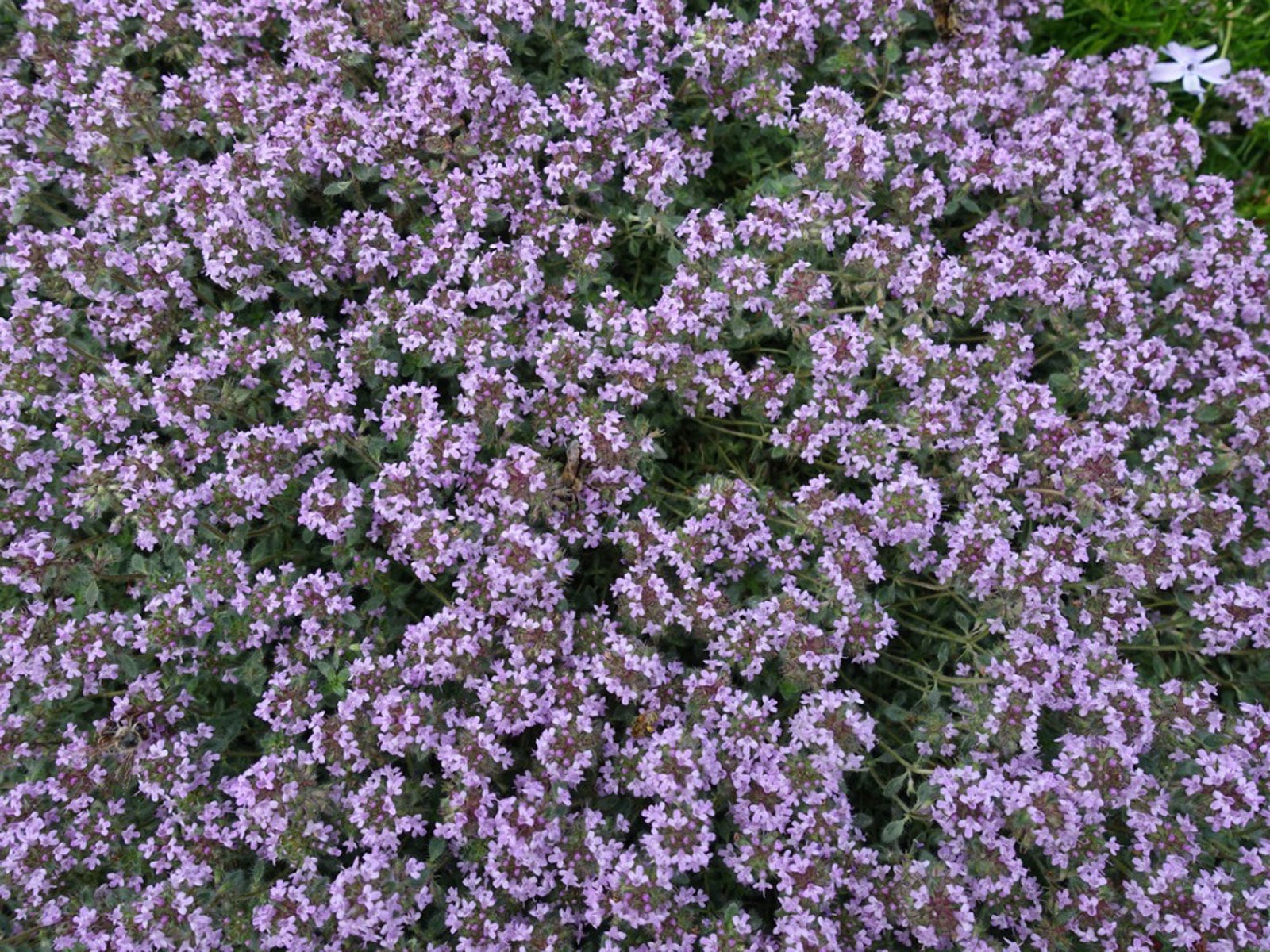

#Photos of wild thyme ground cover l how to#
Gardening With Foliage First : 127 Dazzling Combinations that Pair the Beauty of Leaves with Flowers, Bark, Berries and More by Karen Chapman and Christina Salwitzįor all levels of gardeners, a simple, recipe-style approach to creating long-lasting gardens with year-round interest shows readers how to first build a framework of foliage and then layer in flowers and other artistic elements to add the finishing touches.

Includes information on prairie gardens, borders, screens, containers, dry gardens, wetlands and so much more. Neil Lucas captures all this in a practical, accessible, and beautifully illustrated book that appeals to gardeners who want a contemporary garden without too much effort. They are easy to care for, provide excellent wildlife habitats, and are sustainable. Ornamental grasses provide glorious visual impact and a dynamic sense of movement. This comprehensive book is for native plant enthusiasts and home gardeners in Ohio, Michigan, Indiana, Illinois, Wisconsin, Minnesota, Iowa, Missouri, Nebraska, North and South Dakota, northern Arkansas, and eastern Kansas. Helpful lists of plants for specific purposes are shared throughout. You’ll learn how to select the right plant and how to design with native plants. Plant profiles for more than 500 species of trees, shrubs, vines, perennials, ground covers, bulbs, and annuals contain the common and botanical names, growing information, tips on using the plant in a landscape, and advice on related plants. “Native Plants of the Midwest,” by regional plant expert Alan Branhagan, features the best native plants in the heartland and offers clear and concise guidance on how to use them in the garden. Native Plants of the Midwest : A Comprehensive Guide to the Best 500 Species for the Garden by Alan Branhagen For those committed to at least some lawn, she discusses “smarter” and eco-friendly lawn making. She includes specific plant recommendations as well as guidance for converting lawn to garden. Here she makes the case in numerous ways and provides plenty of design ideas for meadows and prairies, patios and play areas, ponds, xeric and rain gardens, and edible gardens, to name a few options. HaddenĪ strong advocate for lawnless garden design, the author writes, speaks, and participates in national organizations connected with this cause. Check out these books to help with your new gardening or landscaping endeavor: Beautiful No-Mow Yards : 50 amazing Lawn Alternatives by Evelyn J. To reduce your grass lawn, also try incorporating hardscaping (rocks, mulch or bricks), adding a water feature like an easy container pond, or container gardens. Scientific Name: Hydrangea Arborescens L. Scientific Name: Andropogon Gerardii Vitman Other Options for Yard Perimeters Decorative Grass Show AllĬommon Name: Running Euonymus (aka Running Strawberry Bush) Scientific Name: Phlox Subulata (aka Phlox Stolonifera Sims)

Scientific Name: Parthenocissus QuinquefoliaĬommon Name: Kinnikinnick (aka Bearberry)Ĭommon Name: Green and Gold (aka Goldenstar)
#Photos of wild thyme ground cover l plus#
When you reduce mowing, you also reduce environment and noise pollution, plus you’ll have more time on your hands to enjoy your yard. Native Ohio plants are accustomed to this region, so they take less maintenance. Lawn replacements offer many benefits to the environment and you, such as habitats and food for animals, butterflies and bees. Tired of wasting time and money? Try replacing your current grass lawn with some of the native Ohio plant suggestions even if it is just a small area to start.


 0 kommentar(er)
0 kommentar(er)
